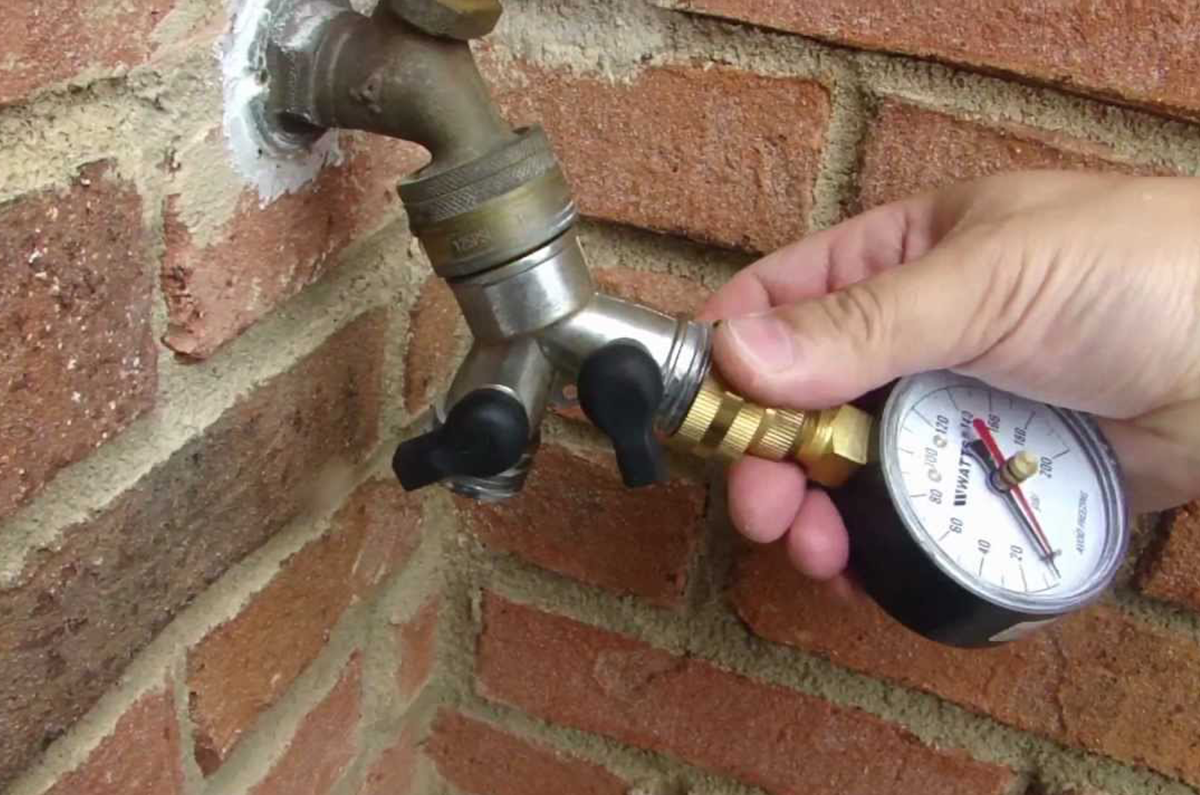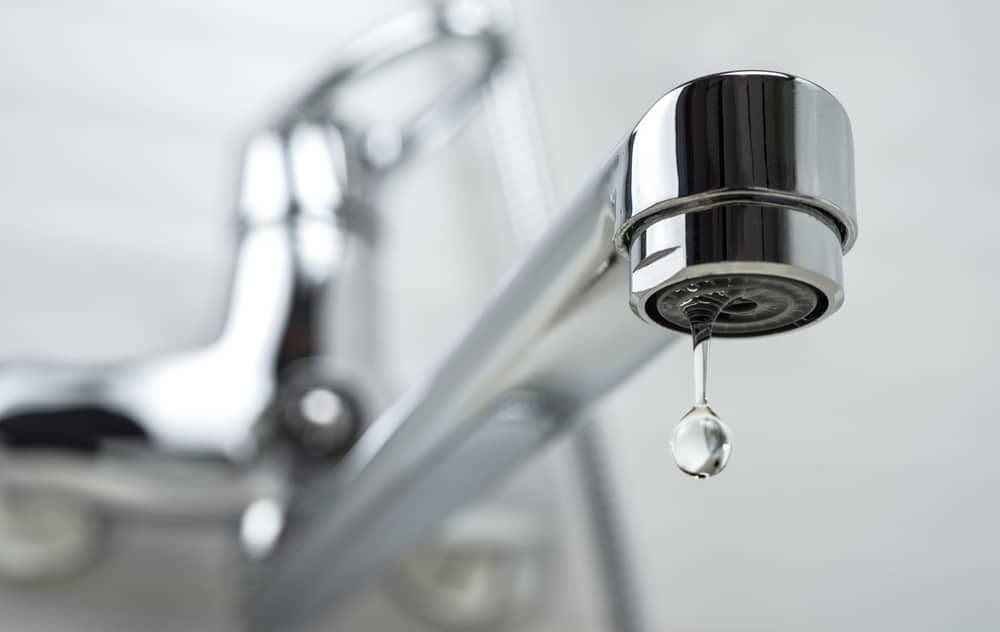Steps to Resolve Low Water Pressure in Your Home
Steps to Resolve Low Water Pressure in Your Home
Blog Article
Each person has got their own unique assumption on the subject of 4 Ways to Troubleshoot Low Water Pressure.

Low tide stress in your home can be an irritating trouble, affecting every little thing from showering to washing dishes. If you're experiencing weak water circulation, there are numerous possible reasons and services to check out. In this guide, we'll talk about typical reasons for low water stress and practical actions to resolve the issue efficiently.
Intro to Low Tide Stress
Low tide pressure occurs when the circulation of water from your faucets, showers, and other components is weaker than typical. This can make daily jobs much more tough and less efficient. Understanding the sources of low tide stress is essential to finding the ideal service.
Typical Sources Of Low Water Pressure
Pipe Obstructions
Gradually, pipes can end up being blocked with natural resource, debris, or particles, limiting the flow of water. This is a typical concern in older homes with galvanized steel pipes.
Corrosion
Corrosion within pipelines can bring about leakages and minimized water pressure. Corrosion build-up can constrict water circulation, specifically in aging plumbing systems.
Faulty Stress Regulatory Authorities
Pressure regulatory authorities are responsible for keeping regular water stress in your house. If they malfunction, it can cause low tide stress or uneven flow throughout your home.
Local Water Issues
Occasionally, the trouble lies outside your home. Community water system problems, such as main line leaks or maintenance work, can briefly lower water pressure in your location.
How to Detect Low Water Stress
Examining Faucets and Components
Begin by testing the water pressure at various faucets and fixtures throughout your home. If the issue is separated to specific locations, it may show localized troubles.
Evaluating Pipes
Evaluate noticeable pipelines for signs of leakages, deterioration, or clogs. Pay attention to any uncommon noises, such as knocking or rattling pipes, which might suggest problems within the plumbing system.
Consulting with a Plumber
If you're not able to identify the reason for low tide pressure, think about working with a professional plumber to perform an extensive inspection. They can determine underlying problems and advise proper solutions.
Do It Yourself Solutions to Take Care Of Low Water Stress
Cleansing Aerators and Showerheads
Mineral deposits can accumulate in aerators and showerheads, reducing water circulation. Remove and clean up these components routinely to improve water stress.
Flushing Hot Water Heater
Sediment build-up in the hot water heater can limit flow and minimize efficiency. Purging the container periodically assists eliminate sediment and preserve ideal performance.
Checking Pressure Regulatory Authority
Ensure that the pressure regulator is operating appropriately. Readjusting or replacing the regulator can assist bring back correct water stress throughout your home.
Clearing Up Clogs in Pipes
For small blockages, try utilizing a plumbing snake or chemical drain cleaner to clear blockages in pipes. Be cautious when making use of chemicals and comply with safety guidelines.
When to Call an Expert Plumber
If DIY initiatives fail to settle the concern or if you think considerable plumbing issues, it's finest to seek assistance from a qualified plumber. They have the know-how and tools to deal with complex problems safely and properly.
Preventive Measures to Maintain Water Stress
Routine Maintenance
Set up routine upkeep for your plumbing system to prevent issues such as corrosion, leaks, and clogs. Attending to small problems early can aid prevent more considerable repair work in the future.
Setting Up a Stress Booster
Consider installing a stress booster pump to improve water pressure in locations with continually low flow. This can be particularly useful for multi-story homes or homes with high-demand fixtures.
Monitoring Water Use
Bear in mind water usage practices and stay clear of overtaxing the plumbing system. Simple modifications, such as staggering showers and washing loads, can help keep ample water stress.
Conclusion
Managing low water stress can be aggravating, but recognizing the underlying causes and implementing ideal solutions can recover optimum flow throughout your home. Whether it's cleaning up aerators, evaluating pipes, or speaking with a plumber, taking aggressive actions can make certain a consistent supply of water for your day-to-day requirements.
FOUR WAYS TO FIX LOW WATER PRESSURE NOW
Turning on a shower or faucet only to find the water comes out in a sad, slow drizzle is never a good feeling. How exactly are you supposed to wash a pan or take a quick shower when it takes 10 minutes just to rinse off a little soap? The good news is that when your water pressure is bad, there's always a cause: typically one that can be easily fixed. Here are some of the most common causes of low pressure and what you can do to fix the issue:
DEBRIS AND MINERAL DEPOSIT BUILDUPS
If you notice low water pressure from just one or two of the fixtures in your house, the problem likely has to do with debris buildup. Water is full of minerals and other debris, all of which can accumulate in your pipes and on your fixtures. This can cause a blockage that affects how much water flows through. To fix this, try filling a small plastic bag with white vinegar, and use a rubber band to hang it around your showerhead or faucet. Let the head of the fixture soak for a few hours, and the vinegar should loosen the deposits.
WATER LEAKS
Leaks are another common cause of low water pressure. If water is flowing out of your plumbing through a hole or crack before it can reach your fixture, the pressure coming out of the faucet or showerhead will be lower. A plumbing professional is your best bet for finding and repairing a leak in your water supply pipes.
Leaks are another common cause of low water pressure. If water is flowing out of your plumbing through a hole or crack before it can reach your fixture, the pressure coming out of the faucet or showerhead will be lower. A plumbing professional is your best bet for finding and repairing a leak in your water supply pipes.
FOUR WAYS TO FIX LOW WATER PRESSURE NOW
Turning on a shower or faucet only to find the water comes out in a sad, slow drizzle is never a good feeling. How exactly are you supposed to wash a pan or take a quick shower when it takes 10 minutes just to rinse off a little soap? The good news is that when your water pressure is bad, there's always a cause: typically one that can be easily fixed. Here are some of the most common causes of low pressure and what you can do to fix the issue:
DEBRIS AND MINERAL DEPOSIT BUILDUPS
If you notice low water pressure from just one or two of the fixtures in your house, the problem likely has to do with debris buildup. Water is full of minerals and other debris, all of which can accumulate in your pipes and on your fixtures. This can cause a blockage that affects how much water flows through. To fix this, try filling a small plastic bag with white vinegar, and use a rubber band to hang it around your showerhead or faucet. Let the head of the fixture soak for a few hours, and the vinegar should loosen the deposits.
WATER LEAKS
Leaks are another common cause of low water pressure. If water is flowing out of your plumbing through a hole or crack before it can reach your fixture, the pressure coming out of the faucet or showerhead will be lower. A plumbing professional is your best bet for finding and repairing a leak in your water supply pipes.
Leaks are another common cause of low water pressure. If water is flowing out of your plumbing through a hole or crack before it can reach your fixture, the pressure coming out of the faucet or showerhead will be lower. A plumbing professional is your best bet for finding and repairing a leak in your water supply pipes.
A VALVE ISSUE
If you have low water pressure throughout your home, check your main shut-off valve to make sure it's completely open. You may also want to see if there's a pressure-reducing valve installed. If there is, have a plumber help you adjust the settings to get the pressure you're looking for.
OTHERS USING WATER
Believe it or not, your low water pressure could be caused by your neighbors. If you notice low pressure at certain times of day, it may be because you and the people living next to you have similar schedules - when everyone is showering at the same time, the pressure will be lower in every home. Low pressure throughout the neighborhood may also be caused by an issue with your municipal water supply. If that's the case, call the supplier to see if they're working on the issue.
https://www.rotorooter.com/blog/water-leaking/low-water-pressure-fixes/

Hopefully you liked our topic about Dealing with Low Water Pressure in Your Home. Thanks a ton for spending some time to read our posting. Enjoyed our blog entry? Please quickly share it. Help other people find it. Kudos for being here. Return soon.
Book Report this page